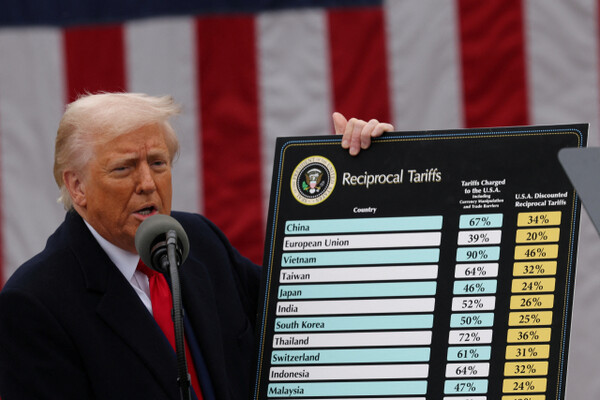U.S. Imposes Higher Tariffs on South Korea Than EU and Japan
In a surprising move, U.S. President Donald Trump has announced a 25% reciprocal tariff on South Korea, a rate higher than those imposed on the European Union (20%) and Japan (24%). This decision, revealed in the White House Rose Garden, reflects a strategic consideration of South Korea's limited capacity for countermeasures and the current political climate.

Global Tariff Adjustments Announced
Alongside the South Korea tariff, President Trump outlined rates for other countries: 34% for China, 20% for the EU, 46% for Vietnam, and 24% for Japan, among others. Notably, the U.S. Treasury Secretary indicated that China's final tariff could reach 54%, combining previous and new rates.
Impact on South Korea and Global Markets
The 25% tariff on South Korea raises concerns over potential disruptions to exports, a critical component of the South Korean economy. Additionally, a 10% general tariff on all U.S. imports has sparked fears of economic repercussions, evidenced by a sharp decline in U.S. stock futures.
Exemptions and Strategic Considerations
Certain goods, including automobiles and steel, are exempt from reciprocal tariffs, ensuring that existing tariffs are not compounded. This decision underscores the U.S.'s strategic approach to tariffs, balancing economic impacts with diplomatic relations.









Comments